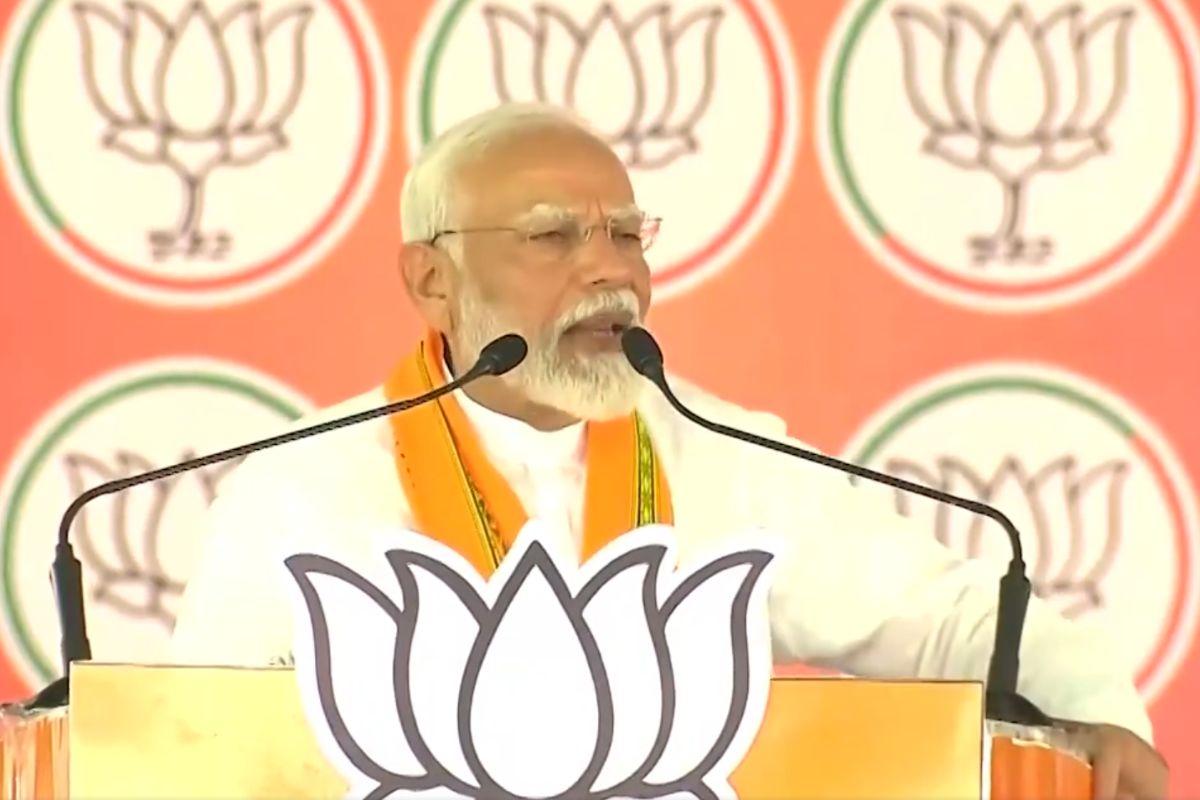With the dust settling on the fifth phase of the general election, Prime Minister Narendra Modi and the ruling Bharatiya Janata Party (BJP) are navigating a complex political landscape. Mr Modi, who is seeking a rare third term as Prime Minister, faces major challenges that could reduce the NDA’s promised numbers significantly, giving it a weaker mandate than the 400+ than was projected. To that extent, this election is proving to be a litmus test for the BJP, highlighting both its vulnerabilities and the resilience of its opposition. A key factor in this election is voter fatigue. The initial enthusiasm that characterised Mr Modi’s earlier campaigns has waned.
This sentiment is evident in the lower voter turnout compared to previous elections. The BJP’s ideological parent, the Rashtriya Swayamsevak Sangh (RSS), has stepped in by ramping up efforts to engage voters, but the challenge remains substantial. The BJP’s concern is palpable, as the party seeks to galvanise its base and rekindle the support that propelled Mr Modi to power in the past. Economic issues are at the forefront of voter concerns, overshadowing the religious and nationalist fervour that had previously bolstered BJP campaigns. Unemployment, agrarian distress, and discontent over economic policies promoting inequalities have provided fertile ground for the opposition. In states like Maharashtra, Bihar, and Haryana, the economic discontent is palpable.
Protests by jobless youth and farmers’ grievances over export bans underscore a broader dissatisfaction that the Prime Minister is seeking to address through media engagements on an unprecedented scale. The opposition, led by Congress’ Rahul Gandhi, has sought to capitalise on these issues, presenting a more united front than in previous elections. Mr Gandhi’s rebranding as a grassroots leader through his padayatras, and his willingness to form strategic alliances with regional parties, has invigorated the opposition. This coalition, once dismissed as a ragtag assemblage of conflicting ~ and vested – interests, has proven to be more formidable than expected.
The BJP’s internal challenges compound its electoral struggles. Mr Modi’s dominance within the party has marginalised other leaders, reducing the effectiveness of a broader campaign strategy. Many prominent leaders of the party appear not to have been as influential outside their strongholds, leading to a campaign overly reliant on Mr Modi’s persona. This centralisation of the campaign risks alienating voters who are looking for tangible solutions to their problems. Moreover, the BJP’s missteps, such as the UP chief minister’s proposal to ban cow slaughter nationwide, have backfired in rural Uttar Pradesh itself where stray cattle are a significant problem. These issues, coupled with the economic distress faced by farmers, have fuelled voter sentiment in key battleground states. In Maharashtra and Uttar Pradesh, where the BJP has always enjoyed substantial support, the party’s narrative has turned defensive. While the metaphor of a “rogue wave” may not be apt, disparate and unconnected events are converging to make an impact on the BJP’s initial projections












